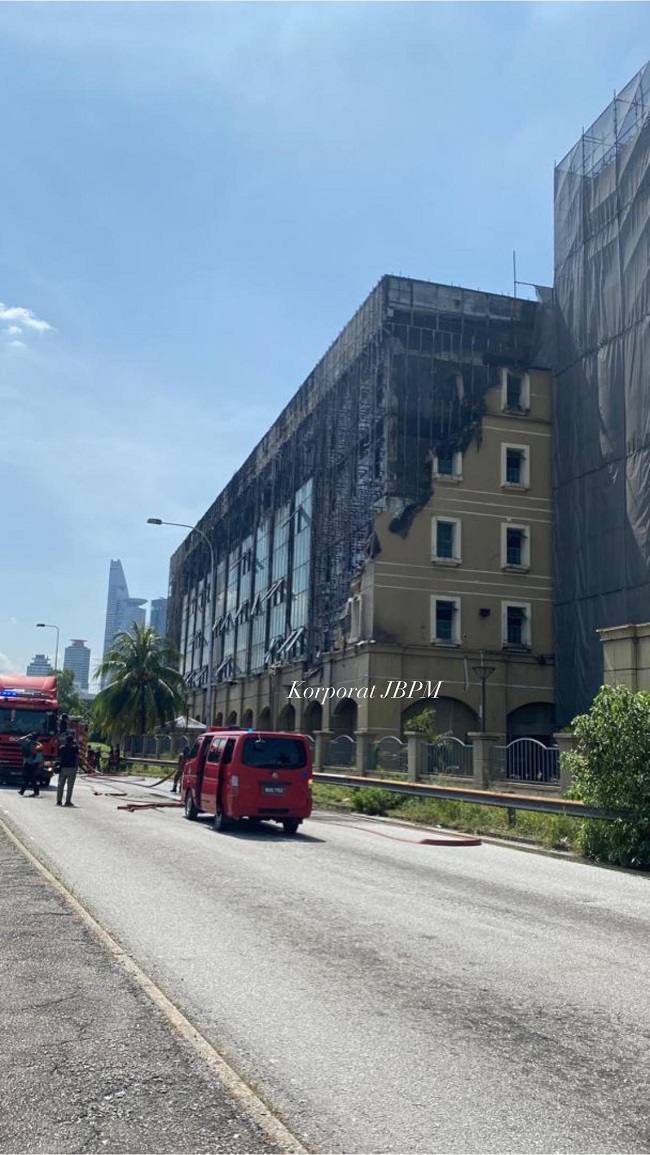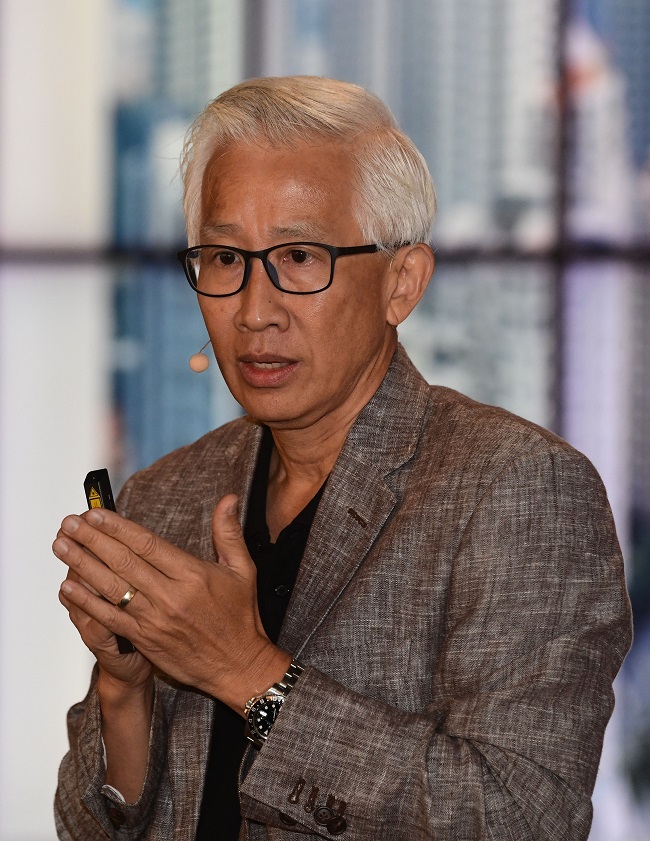Expert calls for transparency in EPF fire investigations

- Malaysian Institute of Architects (PAM) Secretary and Architect Centre accredited building inspector Anthony Lee Tee has called on the authorities to find the root cause of the recent fire at the EPF, and to have the report made public “to avoid speculation”.
PETALING JAYA (May 24): An expert has called on the authorities to be transparent and get to the bottom of what has caused the fires at the old Employees Provident Fund (EPF) building at Jalan Gasing here.
A blaze hit the building on May 22, the second incident within five years. In February 2018, a fire engulfed parts of the building, which was then still occupied by staff of the EPF.
Malaysian Institute of Architects (PAM) Secretary and Architect Centre accredited building inspector Anthony Lee Tee has called on the authorities to find the root cause of the recent fire at the EPF, and to have the report made public “to avoid speculation”.
Lee also wanted the Fire and Rescue Department to “make public the report for the first EPF Fire”.
“Has anyone been held accountable for the first fire?” he asked.
An expert on building safety and one of the judges for The Edge Best Managed & Sustainable Property Awards, Lee questioned if the remaining flammable cladding foam that had been in use when the 63-year-old EPF building previously caught fire had been removed.
“Flammable cladding materials should be quickly removed to prevent a recurrence regardless whether a building is occupied or not,” he stressed.
“Additionally, has this material been banned and removed from the market, where it may find itself unwittingly used as cladding material again?
“Public awareness is important to avoid the use of flammable cladding materials on our buildings.
“In any event, the removal of known flammable cladding materials ought to be accorded stringent preventative and stand-by extinguishment measures,” Lee added.

Lee also wanted to know if there are “similar flammable cladding materials in other buildings – namely Aluminium Composite Panels (ACP) with flammable PE (polyethylene) core materials similar to the cladding used for Grenfell UK”.
Read also
Lesson from Grenfell: Are buildings in Malaysia safe from flammable ACP?
A massive fire that gutted the Grenfell Tower high-rise block in North Kensington, London in 2017 killed 71 people and injured 70 more.
Reports stated that the building’s metal composite cladding made with an unmodified polyethylene core facilitated the fierce spread of the fire.
The UK government banned the use of such cladding in buildings in 2022 – yes, it took five years.
“Has there been an overall audit or inspections to determine if our cladding materials are not flammable especially for buildings completed before 1997 when the Fire and Rescue Department implemented a ban on the use of combustible core used in ACP?” asked Lee.
Meanwhile, a Bernama report stated that EPF and Pacific Retirement Living Sdn Bhd are working together with the local authorities and Fire and Rescue Department to identify the cause of the blaze and assess the damage to the old EPF building.
Never miss out
Sign up to get breaking news, unique insights, event invites and more from EdgeProp.
Latest publications
Malaysia's Most
Loved Property App
The only property app you need. More than 200,000 sale/rent listings and daily property news.
